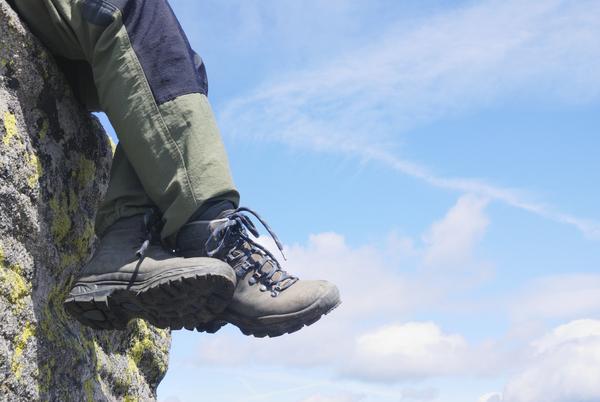OA bracing: Spin class
Rotation may be key to pain relief.
Research from the Hospital for Special Surgery in New York City confirms that the kinetic effects of osteoarthritis knee bracing are in fact related to bracing’s effects on knee pain—but not in the way investigators had expected.

By Jordana Bieze Foster, Lower Extremity Review May 2011
In a study presented in April at the annual meeting of the Gait & Clinical Movement Analysis Society, HSS researchers found that knee pain during stair negotiation after one year of brace wear was correlated with peak external rotation moment. Surprisingly, however, they found no correlation between pain and peak knee adduction moment at any time point.
Multiple previous studies have demonstrated significant decreases in knee OA pain associated with long term brace use. Other studies have documented that brace wear significantly decreases knee adduction moment, which is an indicator of joint loading and knee OA pain. But the extent to which the mechanical effects of bracing contribute to improvements in pain and function has been the subject of debate.
The HSS researchers analyzed seven patients with moderately severe unilateral medial knee OA who wore a custom valgus brace for one year. Subjects underwent kinematic and kinetic gait analysis, radiographic testing, and assessment of pain and function at baseline and after one year of brace wear.
Pain during slow walking and during stair ascent and descent, as measured using a visual analog scale, was significantly lower at the one-year time point than at baseline. Significant improvement was also seen for the pain and overall quality of life components of the Knee injury and Osteoarthritis Outcome Score. Walking speed and stride length significantly increased.
The researchers found no significant differences from baseline for any of the kinetic, kinematic, or radiographic variables measured. However, they did find that radiographic tibiofemoral angle at baseline correlated with VAS pain during stair ascent and descent. And they found that peak external rotation moment correlated with the same pain measure at one year follow up.
Rotational variables are not often part of discussions of the biomechanics of osteoarthritis or OA bracing, but some evidence does suggest they play a role. In the April 2005 issue of Clinical Orthopedics & Related Research, Japanese investigators used computed tomography to assess rotational differences between 114 patients scheduled for total knee arthroplasty and 20 control subjects. They found that external rotation of the tibia increased with severity of knee OA, as defined by femorotibial angle.
In the February 2005 issue of the Journal of Biomechanics, Swedish researchers found that 14 patients with medial knee OA had less internal tibial rotation between 50° and 20° of flexion than 10 controls, as measured using dynamic radiostereometry. And Stanford researchers found that 17 patients undergoing TKA had decreased tibial internal rotation between 10° and 90° of flexion compared to seven cadaveric control knees, as reported in the August 2006 issue of the Journal of Orthopedic Research.
Most recently, a German study in the April issue of the German language journal Zeitschrift fur Orthopadie und Unfallchirurgie (Journal of Orthopedics and Traumatology) found that 13 patients with symptomatic medial knee OA demonstrated less abnormal knee rotation angles after 16 weeks of valgus brace wear than 10 subjects with knee OA who were not braced. In that study, brace wear was also associated with significant improvements in symptoms, joint function and activity level. However, the German study did not assess correlations between objective and subjective outcome measures.
In their GCMAS abstract, the HSS researchers hypothesized that valgus bracing may limit knee extension and alter femorotibial rotation during gait, which may decrease joint contact area in the osteoarthritic knee and consequently reduce pain.
Source Lower Extremity Review
